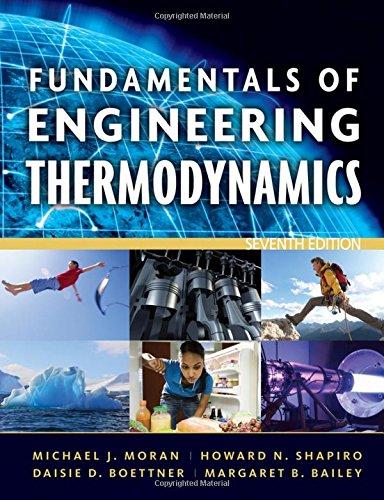


Large electric motors and turbo‐generators are potentials for increasing energy efficiency. Gas turbines and HRSG in cogeneration are interesting energy efficiency options. Ethylene process licensors need to make more progress in energy efficiency. Studies, still scarce, on energy efficiency in petrochemicals, provide advances in knowledge. The results showed that the best alternative improved the electricity generation, increased the energy utilization factor by up to 16.2%, reduced greenhouse gas emissions by 22.8%, increased global exergetic efficiency by 28.9% and decreased the steam production and cold utility consumption of the cogeneration system compared to the design conditions. In addition, exergetic efficiency and environmental analysis of the simulated configurations and an economic estimate for the most efficient proposal were performed. New cogeneration configurations were proposed in subsequent simulations, aiming at increasing electricity generation.
#Fundamentals of engineering thermodynamics pdf online software
The simulation studies were performed using the HYSYS software to simulate design conditions and validate the model with the actual plant's experimental measurements. The cogeneration system of the analyzed plant includes an electric energy conversion system composed of turbo‐generators, back‐pressure and extraction/condensing steam turbines driving electricity generators, compressors and pumps, and heat exchangers. In the present work, simulation studies of the cogeneration system of a petrochemical plant located in Brazil were performed in order to identify alternative configurations to increase the electricity production without affecting the heat supply to meet the process thermal demand. Few ethylene process licensors hold the technologies however, they present different proposals for projects with varying energy efficiency and integration degrees. In this way, simulation studies aiming to increase energy efficiency can be useful for both retrofitting and greenfield projects. The effect of airflow rates and positioning holes in the concentration leaks is also analyzed when the unit's refrigerant leak is indoors as the air conditioner works.Įnergy efficiency is relevant for the competitiveness and growth of global industries. The air and flow mass flow can affect the distribution and directly difluoromethane to the conditioned room. The slower 0.001 kg/s with 0.1 m/s airflows for the R-32 ends after 900 seconds (15 minutes). The moderate leak rate of 0.002 kg/s for R-32 is 450 seconds (7.5 minutes). CFD analysis in the transient system condition results from numerical simulation, indicating that the leak will run out after 180 seconds with 0.005 kg/s (0.5 m/s). Turbulent modeling uses K-Epsilon standards. Numerical calculations are used in CFD ANSYS FLUENT software with a model developed by Species Transport, SIMPLE algorithm, solver using pressure-based, mesh type is the dominant quadrilateral (rectangle). The simulation uses three variations of mass flow rate (leakage) and three airflow rate variations: low, medium, and high cold airflow velocity. It discusses the distribution of flammable refrigerant R-32 (difluoromethane) in an air-conditioned room. This study investigates and analyzes flammable refrigerant difluoromethane distributions in the room affected by the A/C unit's leakage.

Graphical abstract Abstract Hydrocarbon Refrigerant R-32 called difluoromethane is one alternative solution used for Air Conditioning (A/C) unit split, but the weakness is flame property.


 0 kommentar(er)
0 kommentar(er)
